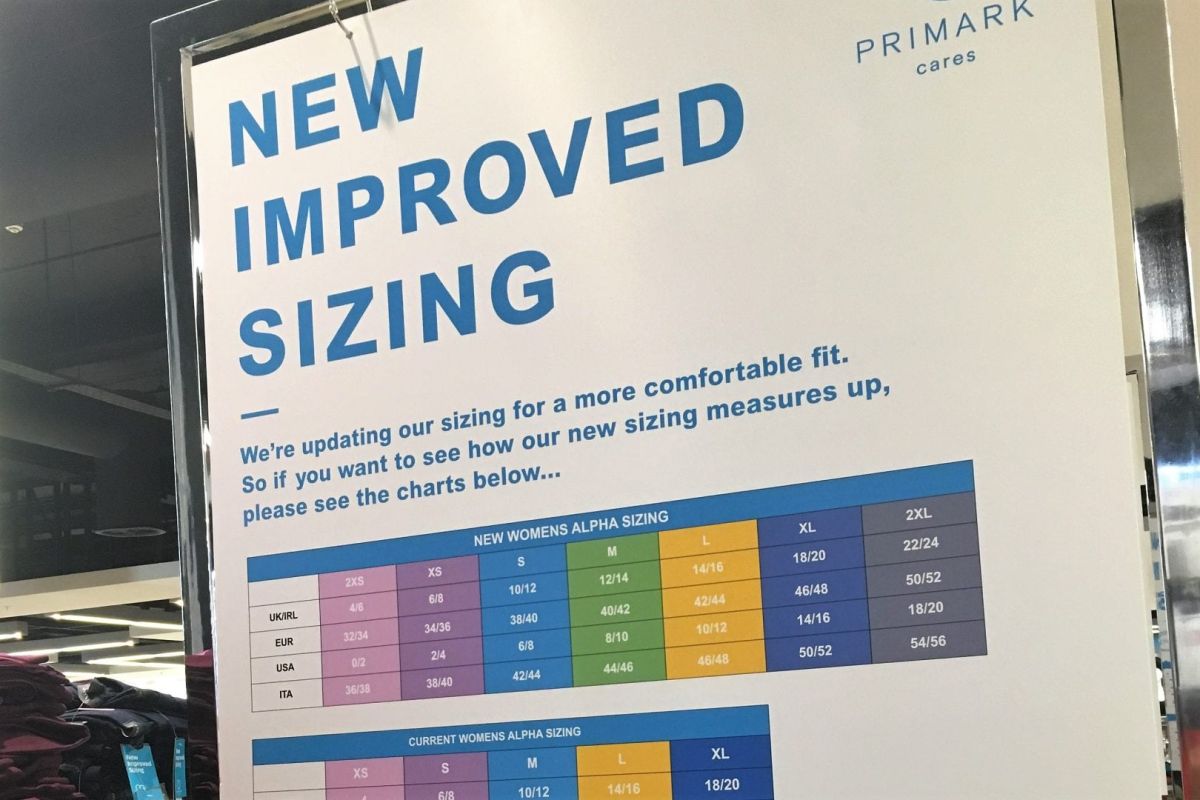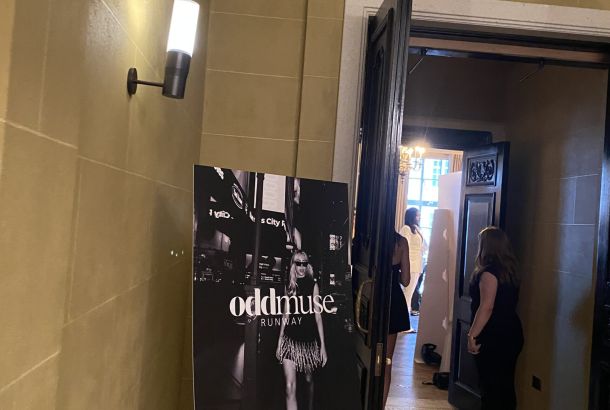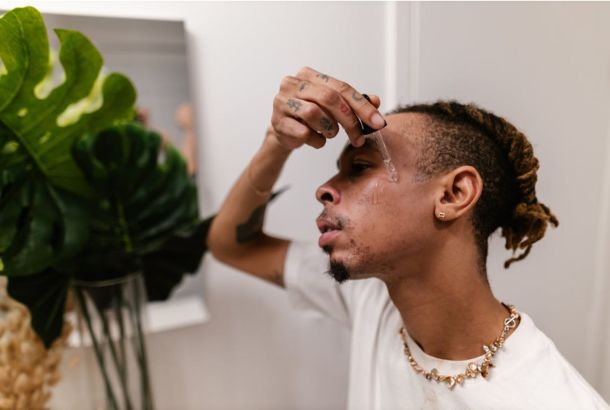Sizing shake-up on the highstreet marks a step forward for inclusivity
By Rona McCann

This year’s executive decision to adjust womenswear sizing at H&M has perhaps been a long time coming. The internet over the years has seen dozens of articles and social media posts involving shoppers either finding its sizing inconsistent across different products in store or smaller than in other chains. Recognising this, the brand has made its sizes larger for the launch of the most recent season of products. For example, what was previously labelled as a UK size 12 in store will now be labelled a 10.
Speaking on their e-commerce website, the store has stated that it has adjusted its womenswear sizes to “be in line with UK measurements”. An easy way to identify this: comparing to European standard sizes. Before the change, H&M identified its UK size 10 as being equivalent to an EU 36, whereas, generally, in other high street stores you will find it to equate to a EU 38. H&M has now joined this equivalence.
Similarly, budget fast-fashion chain Primark has embarked on a sizing do-over. Whilst a Medium was previously listed as a UK size 10-12, it has now become 12-14. Additionally, instead of sizes ranging only from 4 to 20, the largest size available is now 24.
Although large changes like this may cause a lot of logistical hassle (take H&M sending online customers items the label size larger than what they ordered if the item they selected was from a previous season, causing confusion and a higher rate of returns), the short-term hassle is worth it for a long-term step in the right direction.
The omnipresent, thrust-upon-us industries of clothing and style and celebrity and weight-loss put immense pressure on women everywhere to look and to be a certain weight. There is pressure to be a certain size and there is pressure to wear the latest styles. Combine these, and shopping for clothes in fashion-focused clothing stores can be an excruciating experience. Add on top of that the distress of not fitting into your usual size, one excruciating afternoon can turn into a self-confidence nightmare.
It’s worth noting that the average UK clothing size for women is 16, but a 16 is very often classed as at least a high street store’s Large. It appears fashion brands from outside of the UK fall into this line the most. Hailing from Spain, Mango on its sizing chart equates a UK 16, its biggest size, to an XXL.
The steps taken by our high street chains to listen to shoppers and be more inclusive in its sizing is absolutely a valuable one, but it still seems as though much more can be done to tackle these stores’ negative involvement in our body confidence struggles.







